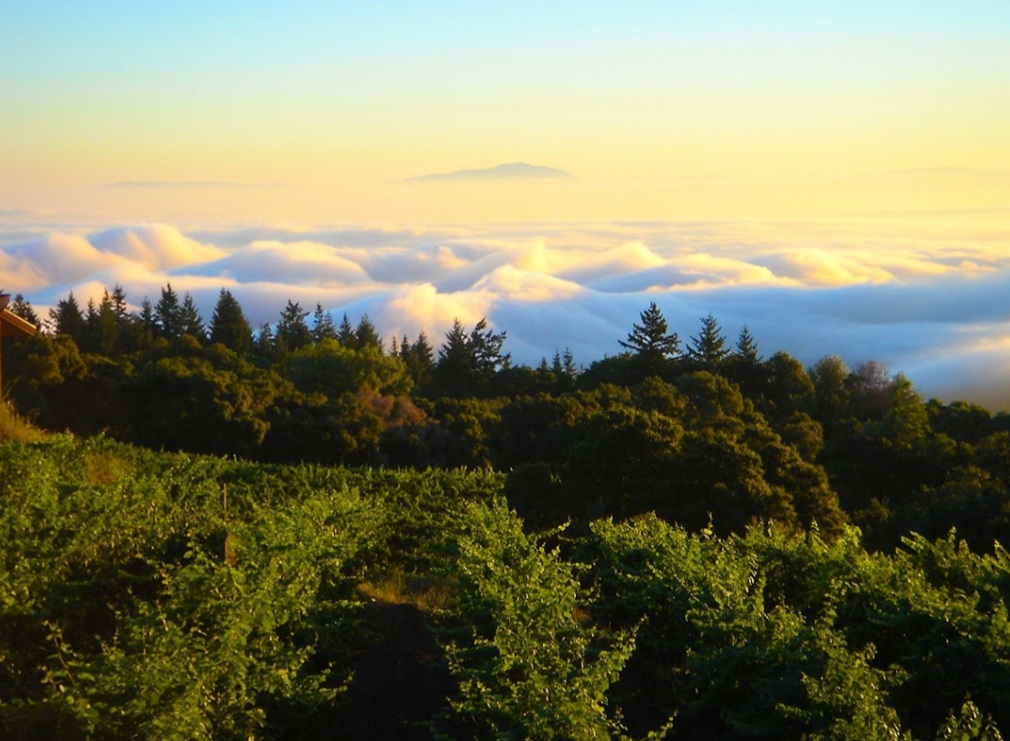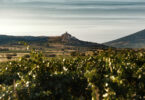The Santa Cruz Mountains wine region has played a pivotal role in the history of California winemaking since the 1870s, when Paul Masson and Charles Lefranc planted the first vines from transplanted cuttings from Burgundy.
Recognized as an AVA in 1981, it is the first California appellation to be defined by its mountainous topography. Today, the winegrowing community includes nearly 300 small growers and wineries.
The region is planted with approximately 1300 acres of wine grapes, split evenly between Pinot Noir, Cabernet Sauvignon, Chardonnay, and “Other Varieties” (particularly Merlot and Zinfandel). The wines come from small, high-altitude vineyards surrounded by native redwood and chaparral trees, growing on an ancient seabed overlooking the Pacific Ocean. These growing conditions give the wines a distinct regional identity, characterized by fresh flavours, bright fruit and minerality. Active advocates of sustainable wine grape cultivation, the wineries have been observing best practices for vineyard sustainability for decades. Let’s find out more from the words of Keikilani McKay, Executive Director of the Santa Cruz Mountains Winegrowers Association.
For the full review click here.








